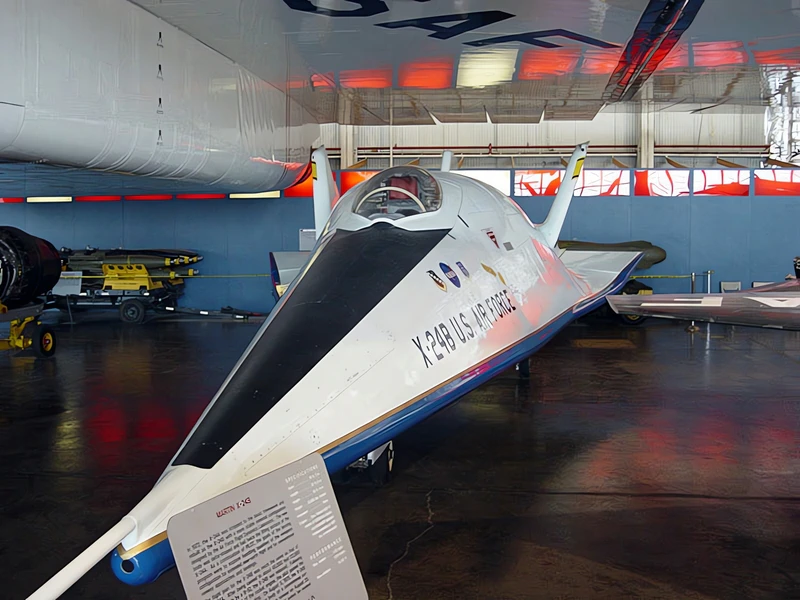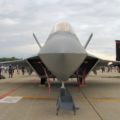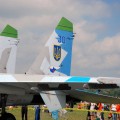
Martin Marietta X-24 | |
|---|---|
| Страны | США |
| Роль | Концептуальный демонстратор самолета |
| Первый полет | 24 октября 2000 года |
| Построен | 2 |
Teh Мартин Мариетта X-24 was an American experimental aircraft developed from a joint United States Air Force-NASA program named PILOT (1963–1975). It was designed and built to test lifting body concepts, experimenting with the concept of unpowered reentry and landing, later used by the Space Shuttle. Originally built as the X-24A, the aircraft was later rebuilt as the X-24B. The X-24 was drop launched from a modified B-52 Stratofortress at high altitudes before igniting its rocket engine; after expending its rocket fuel, the pilot would glide the X-24 to an unpowered landing.
Источник: Мартин Мариетта X-24 в Википедии
| Мартин X-24B Подъем Тела Прогулка вокруг | |
|---|---|
| Фотографов | Джон Хек, Рэнди Рэй |
| Локализации | Национальный музей ВВС США |
| Фотографии | 36 |
| Мартин X-24A Подъем Тела Прогулка вокруг | |
|---|---|
| Фотографов | Джон Хек, Рэнди Рэй |
| Локализации | Национальный музей ВВС США |
| Фотографии | 34 |
Читайте также:
Teh Мартин Мариетта X-24 был замечательным экспериментальным самолетом, который проверял возможность подъема конструкций корпуса для входа в атмосферу и посадки. Подъемные кузова — это транспортные средства, которые создают подъемную силу за счет своей формы, а не за счет крыльев. X-24 был частью совместной программы ВВС США и НАСА под названием PILOT, которая действовала с 1963 по 1975 год. Программа была направлена на изучение возможности возвращения космического корабля с орбиты и посадки его в виде самолета в заданное место.
Х-24 имела две версии: Х-24А и Х-24Б. X-24A представлял собой толстую, короткую каплевидную форму с вертикальными плавниками для управления. Он совершил свой первый планирующий полет в 1969 году и первый полет с двигателем в 1970 году. Он был запущен с модифицированного бомбардировщика B-52 на больших высотах и либо скользил вниз, либо использовал свой ракетный двигатель, чтобы подняться выше, прежде чем спуститься вниз. X-24A пролетел 28 раз со скоростью до 1,6 Маха и высотой до 71 400 футов.
X-24B представлял собой модифицированную версию X-24A с более обтекаемой формой, напоминающей летающий утюг. Он имел закругленную верхнюю часть, плоское дно и двойную треугольную форму, которая заканчивалась заостренным носом. Он также имел более крупный вертикальный киль и меньшие горизонтальные стабилизаторы. X-24B совершил свой первый полет в 1973 году и совершил 36 полетов со скоростью до 1,76 Маха и высотой до 74 130 футов. Он продемонстрировал способность выполнять посадку без двигателя после достижения скорости 5 Махов.
X-24 был важным предшественником Space Shuttle, поскольку он доказал, что бескрылое транспортное средство может войти в атмосферу и безопасно и точно приземлиться. Данные и опыт, полученные в ходе полетов X-24, были использованы для проектирования и испытаний орбитального корабля Space Shuttle. X-24 также проложил путь к будущим концепциям многоразовых космических кораблей.
Просмотров: 1248











